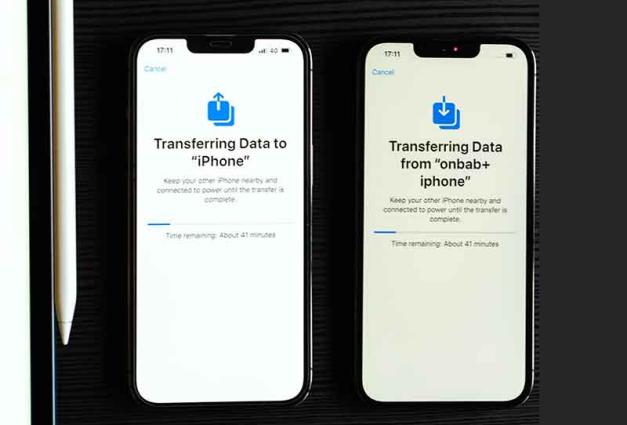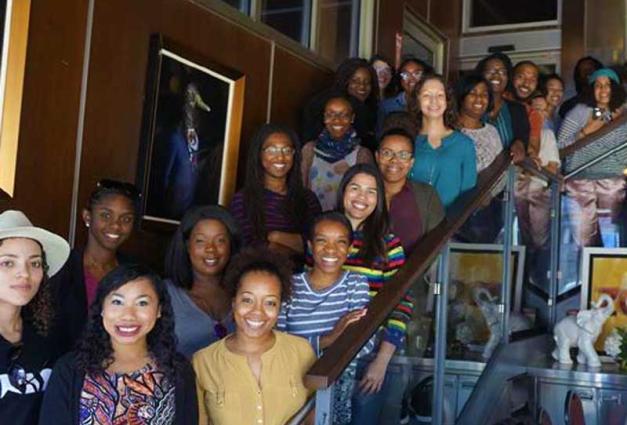Maintaining an active research program at Primarily Undergraduate Institutions (PUIs) can be difficult, not only because we generally have more teaching and service obligations, but often because we have access to fewer resources. For PUI faculty coming out of grad school, the transition from being at a research-intensive institution with (generally) more time and resources for research can be especially daunting. It is worthwhile spending time thinking and reflecting on what research means and how it fits into your broader professional goals. Importantly, PUIs are not homogenous, and expectations for research are still going to vary widely. Regardless, how can PUI faculty advance their research program given the constraints?
- Classroom data. Collect data in your classes (from pilot studies to bigger projects that may need multiple semesters to increase your N), which not only may advance your research but also serve as a pedagogical tool appropriate for almost any course. Students can also advertise studies on social media accounts to help recruit participants.
- Establish psych participant pools. If your institution does not have a participant pool, think about setting one up-and not only for gen psych courses; my program (Psychological and Social Sciences at Penn State Abington) requires students in stats and methods courses to participate in research, too. However, you also must consider administering and managing the participant pool. Sona Systems is a popular participant management tool and costs around $1-2k per year (which depends on the number of sessions you run). You can also consider offering extra credit to students instead of making research participation a requirement.
- Using students' projects to advance your research agenda. If you have students doing independent research/theses, you can direct them to do an offshoot of your own research agenda. Although you may think there may be an issue with getting buy-in from students, some students want more direction, but even more independent students can get on board if you give them a range of ideas and enough creative license (e.g., Vasturia*, Webster, & Saucier, 2018; Webster, Morrone*, Motyl, & Ayer, 2021a; Webster, Morrone*, & Saucier, 2021b; Webster, Vasturia*, & Saucier, 2021).
- Focus on behavioral research. If you have smaller participant pools, you may think about doing more behavioral research, which generally requires smaller ns. Behavioral research also provides really fun opportunities for undergraduates to serve as confederates. However, you do need adequate lab space to run such studies. (I also do realize that this option may not be the most appropriate right now b/c of COVID restrictions, but hopefully will be more feasible once the pandemic abates.)
- Apply for PUI-focused grants. Applying for grants can be time-consuming, but the payoff is often worth it. For example, SPSP has its own small-grant program (up to $1,500) that is geared toward funding PUI faculty projects. NSF also has Research in Undergraduate Institutions (RUI) and Research Opportunity Awards (ROA) (beta.nsf.gov/funding/opportunities/...). NIH offers funding opportunities geared toward PUIs (grants.nih.gov/grants/funding/r15.htm), too.
- Do shorter, more focused studies, especially on more cost-friendly participant recruitment platforms. Sometimes it is better to do 2-3 shorter, more focused conceptual replications (vs. one longer study/experiment) to create a multi-study paper. However, it seems like more journals are offering short report submissions, which I have taken advantage of (e.g., Vasturia et al., 2018; Webster, Vasturia, & Saucier, 2021). I will also note that Prolific offers competitive pricing and perhaps better data quality than other platforms. (Note: I am not a paid sponsor of Prolific!)
- Reach out to colleagues. You may have existing colleagues that have larger participant pools or funds to collect data on platforms like Prolific; you may offer to help with data analysis or writing for access to their participants (or think about using each other's participant pools to complete multi-study projects). Perhaps post on this PUI forum or the general SPSP forum to foster collaborations.
- Snowball on social media. When I wanted a non-college sample and did not have funds to pay participants, our research team advertised on social media to voluntarily get participants (Fluke, Webster, & Saucier, 2014); we were able to obtain a fairly diverse sample of over 200 participants in a few weeks.
- Meta-analyses. If you do not have access to participant pools or funds for recruitment platforms, meta-analyses are a great option because they rely on existing research and present a great pedagogical opportunity for undergraduates, too.
- Large-scale replication projects. Lastly, PUI faculty could consider contributing to large-scale replication projects, such as those with the Psychological Accelerator, that might have limited funds available to support replication work. It's also a nice way to integrate open science and ethics into courses, too.
If you have additional ideas not mentioned here, please reply to this post; we would love to hear your ideas! Otherwise, happy researching colleagues!
Russell J. Webster, Ph.D. is an Associate Professor of Psychology, Psychological and Social Sciences (PSS) at Penn State Abington College.
References:
*Undergraduate co-author
*Fluke, S., Webster, R. J., & Saucier, D. A. (2014). Methodological and theoretical improvements in the study of superstitious beliefs and behavior. British Journal of Psychology, 105, 102-126. [Early View Online Article] doi: 10.1111/bjop.12008
*Vasturia, D., Webster, R. J., & Saucier, D. A. (2018). Demons with firepower: How belief in pure evil relates to perceptions and evaluations of gun violence perpetrators. Personality and Individual Differences, 122, 13-18. doi: doi.org/10.1016/j.paid.2017.09.037
Webster, R. J., *Morrone, N., Motyl, M., & Ayer, R. (2021). Using trait and moral theories to understand belief in pure evil and belief in pure good. Personality and Individual Differences, 173, 110584. doi: 10.1016/j.paid.2020.110584
Webster, R. J., *Morrone, N., & Saucier, D. A. (2021). The effects of belief in pure good and belief in pure evil on consumer ethics. Personality and Individual Differences, 177, 110768. doi: 10.1016/j.paid.2021.110768
Webster, R. J., *Vasturia, D., & Saucier, D. A. (2021). Demons with guns: The effect of belief in pure evil on attributions of gun violence perpetrators. Applied Cognitive Psychology, 35, 809-818. doi: 10.1002/acp.3795




